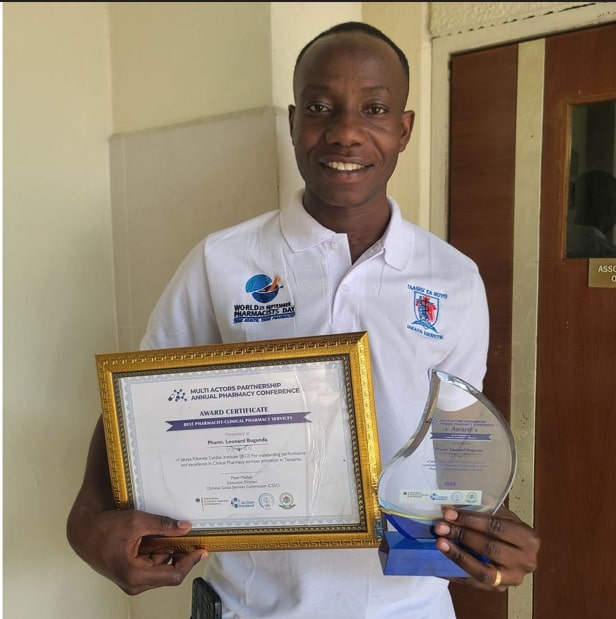World Health Organization (WHO) in the African Region has released groundbreaking new guidance to help strengthen efforts to address the growing threat of sickle cell disease in the region.
Significant for their integrated and holistic approach, the new technical documents offer detailed, actionable strategies and insights to support countries to improve quality of care, make treatment more accessible and boost overall health outcomes.
Despite notable advances in sickle cell disease treatment globally, including newborn screening, hydroxyurea therapy, gene therapy, improved management strategies and expanded immunization programmes that have reduced mortality rates in higher-income countries, significant challenges remain in ensuring equitable access to these treatments in low- and middle-income countries, particularly in the African region.
An estimated 240 000 children on the continent are born with sickle cell disease annually, up to 80% of whom will die from severe infections or acute chest syndrome before age five – the highest sickle cell disease-related childhood death rate worldwide.
“As we continue the fight against sickle cell disease, we are confident that this guidance for countries will serve as a valuable new addition to their toolkit, specifically because the guidance is tailored to the African reality, where a multi-faceted approach is key,” said Dr Benido Impouma, Director, Universal Health Coverage/Communicable & Noncommunicable Diseases Programme at WHO Africa.
The new WHO Africa guidance documents, entitled Guidance Framework for Sickle Cell Disease Management and Harmonized Guide for Sickle Cell Disease Management in Africa, provide countries with strategic guidance for policies, comprehensive care plans and advocacy efforts.
Together, these documents form the WHO SICKLE Package of Interventions for Sickle Cell Disease Management. The SICKLE package aims to provide a holistic and integrated approach to managing sickle cell disease, ensuring access to necessary interventions, promoting education and advocacy, enhancing the quality of care, and empowering patients and communities.
Developed with financial support from the Government of Monaco, and other partners, the package reflects a combination of the latest research, best practices and innovative approaches to sickle cell disease management, making them essential tools for health care providers, policymakers and advocates alike.
WHO Africa has been at the forefront of the fight against sickle cell disease since 2010, focusing its efforts on, among other things, disease interventions and their scale-up, and access to innovative treatment technologies and medicines.
Progress to date includes the adoption by several countries of accurate and inexpensive point-of-care screening, together with the use of Transcranial Doppler Ultrasound screening. The availability in 11 countries of hydroxyurea, a medication that is extremely effective in preventing episodes of pain, consequently reducing visits to health care centres, is also significant.
Despite the advances, major challenges persist. These range from limited health care infrastructure, lack of awareness and education and inadequate access to comprehensive care, limited newborn screening, poor research and development, and restricted access to advanced treatments.









